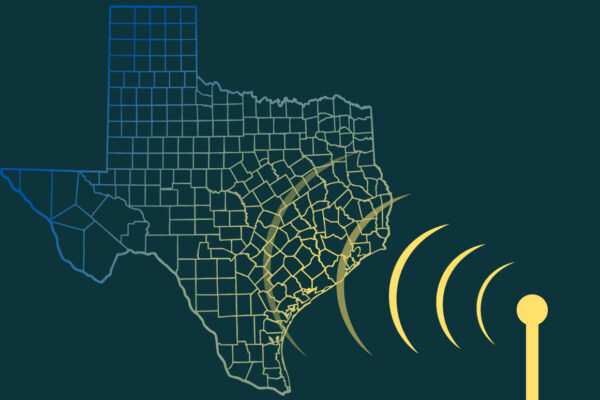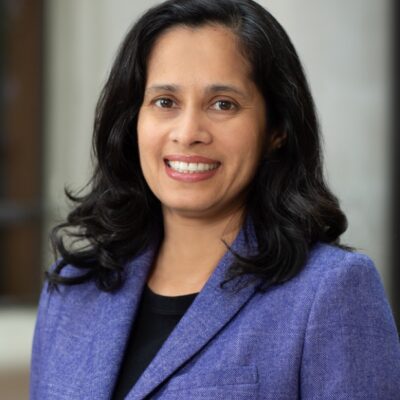For all Texans, broadband is an essential part of everyday life. From students doing homework to adults looking for jobs, every aspect of our world today has been touched by the internet. The pandemic has further shown that how we work, shop, bank or attend medical appointments is dependent on broadband service. Now more than ever, it is apparent that all Texans need affordable and reliable high-speed internet.
Unfortunately, we know all too well that not every Texan has equal access to broadband or internet-enabled devices. Texans living in rural areas lack broadband infrastructure, which is why the Governor’s Broadband Development Council has focused on rural expansion. However, this is only half the story. State data analyzed by University of Texas professor Sharon Strover shows that low-income households, school-age children, older adults, and BIPOC (Black, indigenous, and people of color) households are among the Texans who most lack broadband and computer access. People with disabilities experience additional barriers as well.
Low-income households commonly cite cost as a barrier to broadband and computer adoption. Broadband plans can be quite costly, with hidden fees, equipment charges, rate hikes after the expiration of promotions, and overage fees for exceeding data usage. In addition, low-income households may live in areas with access to lower-speed internet service. High cost combined with unreliable and interrupted internet service has resulted in low rates of broadband adoption for low-income households. Relatedly, research shows that lower rates of broadband adoption for Black and Latinx households likely result from cost, lack of accurate information on available service, and unreliability of service.
As we learned during the COVID-19 pandemic, roughly a third of all school-age children in Texas either lack broadband or a computer, typically because of cost. As a result, the state authorized school districts to use federal funds to get students online. To get students engaged in virtual learning, districts distributed computers and tablets to students at no cost, implemented mobile Wi-Fi hotspots, and shared information on low-cost internet service options. After the pandemic, state and local policymakers should consider continuing and expanding such measures to ensure that every Texan can get online.
Digital literacy skills training is another component of closing the widely acknowledged “digital divide.” Although more jobs than ever require digital skills, a third of all American workers lack digital literacy, which includes “both the capacity to use technology and the cognitive skills necessary to navigate it successfully.” Many workers have “fragmented knowledge,” allowing them to navigate digital tasks in their daily lives on cell phones, while lacking the sophisticated digital skills required for higher-paying jobs. Schools, libraries and other community institutions are important partners in creating opportunities for digital skills training.
In the 2021 legislative session, Texas lawmakers are poised to pass a law creating a state broadband office. Lawmakers should ensure that digital inclusion — the effort to ensure that all communities have access to reliable, high-speed internet, computers and digital literacy and skills — is a core part of this new office’s mission and activities. As the COVID-19 pandemic has taught us, all Texans need broadband to study, work, connect to health care and essential services, and to thrive.



